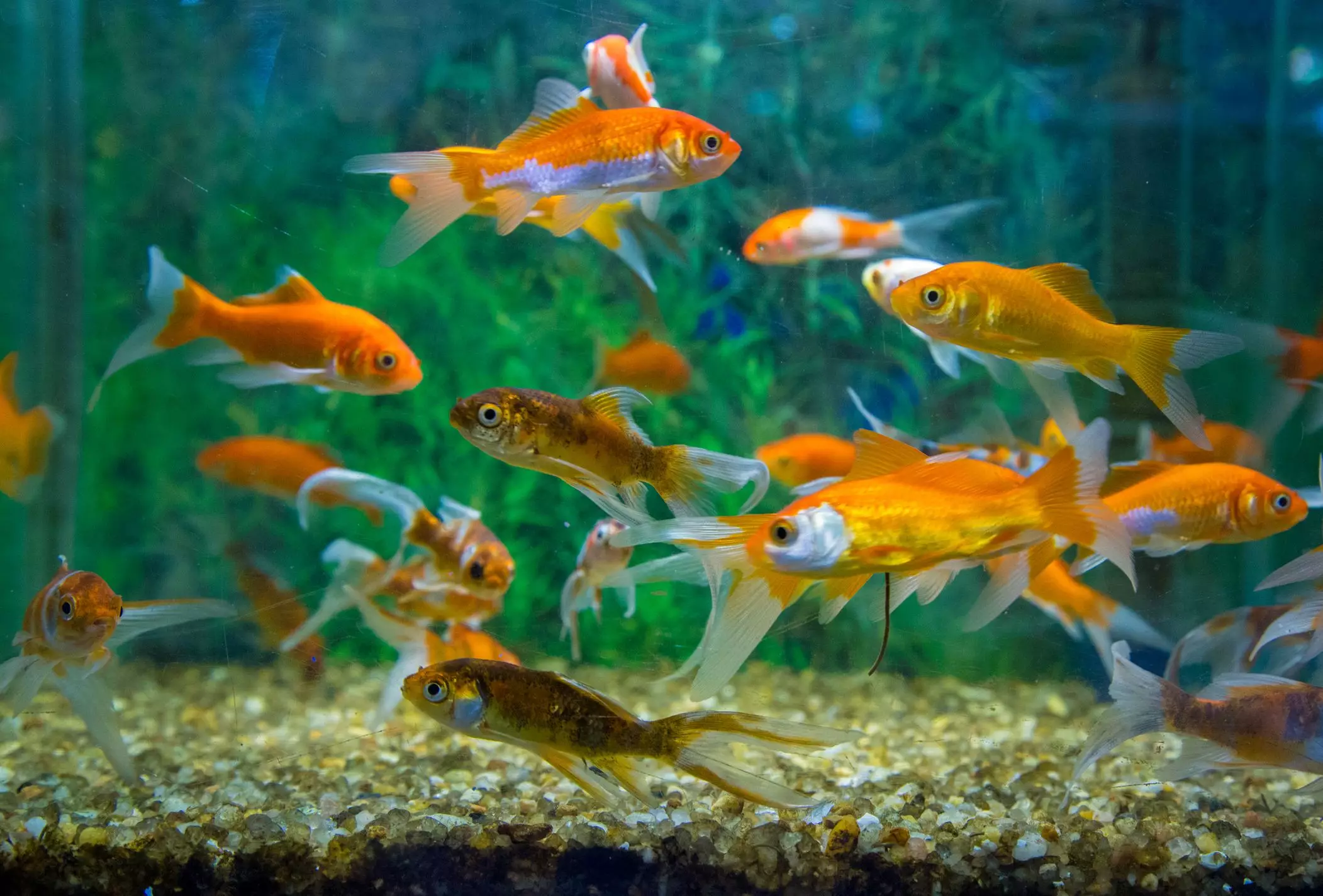Setting up a new aquarium is an exciting venture for any aquarist, be it a novice or a seasoned veteran. Among the many steps involved in establishing a healthy aquatic ecosystem, “seeding” has risen in popularity as a technique that can drastically simplify the process of cycling a new tank. This article will delve into the concept of seeding, why it’s beneficial, and how to effectively implement this technique while minimizing risks to your new aquatic friends.
Cycling an aquarium is crucial for establishing a biological environment that is safe for fish. The primary element of this process involves the development of nitrifying bacteria that convert harmful ammonia—a byproduct of fish waste—into less harmful substances like nitrate. Under normal circumstances, this process can take between four to six weeks. However, with the practice of seeding, you can effectively halve this time frame, allowing for quicker stocking of fish and less stress on your aquatic inhabitants.
Seeding provides the tender balance needed if fish are added too hastily into an uncycled environment. It is widely accepted in the aquarist community that a seeded aquarium significantly reduces the chances of “new tank syndrome,” a perilous situation where fish cannot deal with the toxic waste quickly enough due to the absence of beneficial bacteria. By jumpstarting the cycling process, seeding minimizes stress on your fish and can ultimately lead to a healthier, more sustainable aquarium.
The Mechanics of Seeding
While many believe that nitrifying bacteria are present in aquarium water, this is somewhat of a misconception. These beneficial microbes predominantly cling to surfaces like gravel, filter media, rocks, and even artificial plants, rather than floating freely in the water column. Consequently, simply transferring water from one tank to another will yield minimal benefits.
Before you can successfully seed your new aquarium, you need to acquire some seeding material. If you own another established aquarium, the task is simple. However, if you lack access to such resources, local fish stores, community fish clubs, or friends with established tanks can provide invaluable assistance. It is essential to ensure that the source tank is free from disease, as introducing pathogens would have devastating effects on your new aquatic environment.
Once you’ve gathered your seeding material, the next step is timing. Establish your new aquarium and give it a day to stabilize conditions like temperature and water chemistry. The actual transfer of seeding material should be done swiftly—ideally within an hour—to safeguard the nitrifying bacteria from dying due to oxygen deprivation. Make sure to transport the seeding material with some water from the source tank and avoid sudden temperature changes.
Methods for Effective Seeding
There are varied techniques for introducing seeding material to your new aquarium. One straightforward method involves directly placing the seeding substrate over the fresh substrate in your new tank. This is effective when substrates are of similar color and consistency.
Alternatively, you can utilize a nylon pantyhose bag to encase the seeding substrate. This allows beneficial bacteria to disperse into the new tank while keeping the substrate collected and manageable. After the cycling is complete, the bag can be discarded or used creatively in a potted plant, allowing its nutrients to aid in plant growth.
Another efficient method involves filter media. You can augment your existing filter on the established tank for a few weeks prior to transferring it to the new tank. Sponge filters, in particular, are compact and inexpensive, providing a manageable option for quick bacteria accretion. Power filters may also be effective, but ensure that once the new tank has run for a day, the seeding filter is promptly moved.
Moreover, fresh filter media designed for new setups can be “charged” with beneficial bacteria by suspending it in the source tank for several weeks. When you’re ready to set up the new aquarium, simply incorporate this media into the filter to provide an immediate source of beneficial bacteria.
While seeding is an effective and natural way to acclimatize your new aquarium, it can be further enhanced with the use of commercial bacterial supplements or “bacteria starters.” These products can speed up the nitrogen cycle and serve as an additional buffer against toxic waste production.
Seeding your new aquarium is an indispensable method for creating a thriving aquatic environment. By understanding the process, implementing effective techniques, and coupling your efforts with beneficial bacterial additives, you can ensure that your new tank becomes a safe and healthy habitat for your cherished fish. Whether you are embarking on your first aquarium or expanding your aquatic collection, mastering the art of seeding will help pave the way for a flourishing underwater world.

